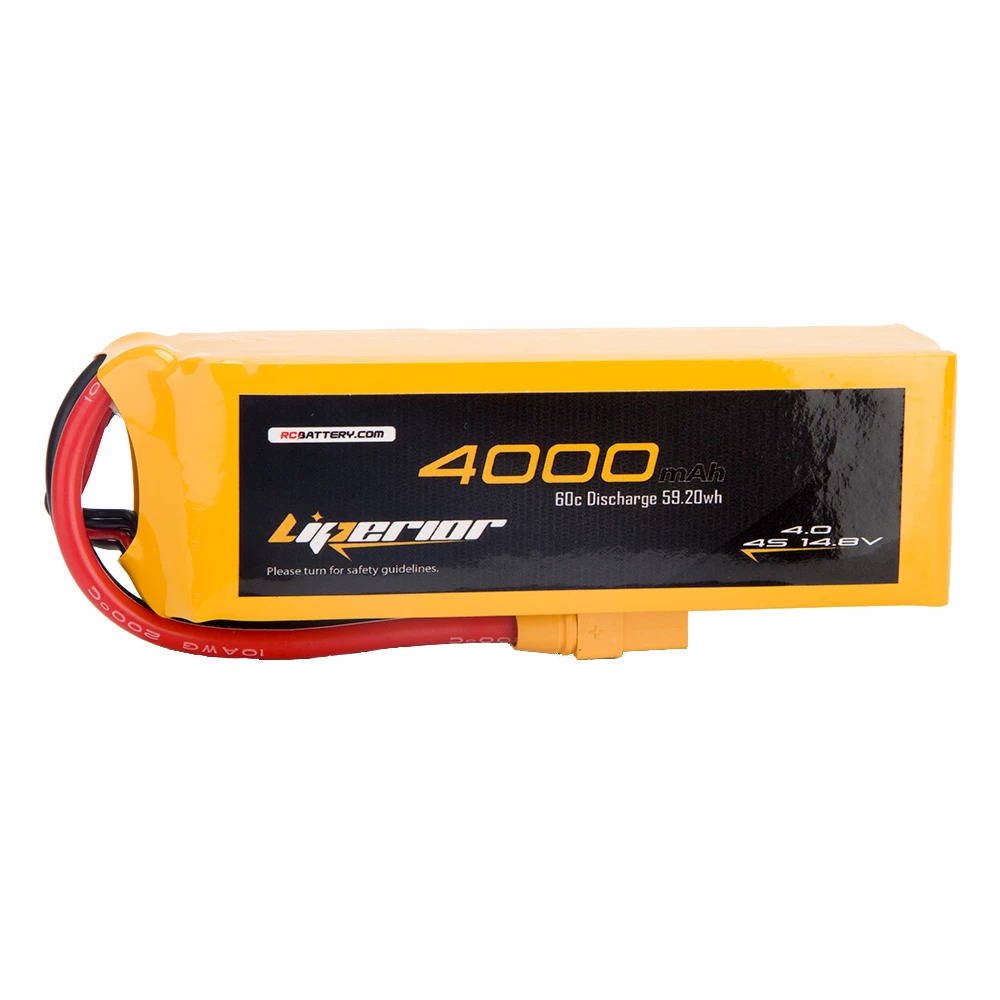Choosing the right kitchen cleaver knife can make all the difference in your cooking experience. Whether you’re a professional chef or a home cook, a cleaver is an essential tool that handles a variety of tasks with ease. But how do you know which one is best for your needs? This guide will walk you through the different types of kitchen cleaver knives, what to look for when purchasing one, and how to choose the perfect cleaver for your kitchen.
What is a Kitchen Cleaver Knife?
A kitchen cleaver knife is a large, heavy knife designed to cut through meat, bones, and tough materials, but it can also handle more delicate tasks like chopping vegetables. Cleavers are known for their wide, rectangular blades and are used in kitchens around the world.
Types of Kitchen Cleaver Knives
Meat Cleaver
The traditional meat cleaver is designed for heavy-duty tasks like chopping through bones and thick cuts of meat. It’s built for strength, with a thick, heavy blade that withstands pressure and force.
Chinese Cleaver
The Chinese cleaver is much lighter and more versatile than the traditional meat cleaver. Its thinner blade allows for precision cuts, making it suitable for slicing vegetables, chopping herbs, and even cutting meat. It’s often referred to as a “Chinese chef’s knife” because it can handle almost all cutting tasks in the kitchen.
Vegetable Cleaver
Designed specifically for chopping vegetables, the vegetable cleaver has a lightweight, thin blade perfect for slicing, dicing, and chopping. Its precision makes it ideal for working with delicate ingredients like leafy greens or soft fruits.
Factors to Consider When Choosing a Cleaver Knife
Blade Material
The material of the cleaver’s blade is crucial to its durability and sharpness. Here are the two most common types:
- Stainless Steel: Highly resistant to rust and corrosion, making it easy to maintain. Ideal for those who want a low-maintenance option.
- Carbon Steel: Known for maintaining a sharper edge longer, but it requires regular care to prevent rust.
Blade Thickness
For heavier tasks like cutting through bones, you’ll want a thicker blade. For more precise tasks like slicing vegetables, a thinner blade is more effective. Consider what you’ll use the cleaver for most often when deciding on blade thickness.
Handle Comfort
The handle should feel comfortable in your hand and offer a firm grip. Cleaver knives are heavier than regular kitchen knives, so a secure and ergonomic handle is important to maintain control during use.
Weight of the Knife
Cleavers vary in weight. Heavier cleavers are better for cutting through bones and thick meat, while lighter ones are easier to maneuver for everyday tasks like chopping vegetables.
Size of the Blade
Cleaver blades typically range from 6 to 8 inches in length. Larger blades cover more surface area, making it quicker to chop large amounts of food. However, smaller blades offer more control for precision tasks.
How to Choose the Right Cleaver for You
Assess Your Cooking Needs
Are you primarily cutting through meat and bones, or do you need a multi-purpose tool for various kitchen tasks? If you cook a lot of meat-based dishes, a traditional meat cleaver might be the best choice. If you need a versatile knife that can handle both meat and vegetables, a Chinese cleaver is a great option.
Consider Your Kitchen Skills
If you’re a beginner, starting with a lightweight cleaver can help you learn how to handle the knife safely and effectively. Professional chefs or experienced home cooks might prefer a heavier cleaver that can handle tougher tasks with ease.
Budget
Cleaver knives come in a range of prices. A higher-quality cleaver will last longer and perform better, but it may come with a higher price tag. Decide on your budget, and look for a cleaver that provides the best value within that range.
How to Care for Your Cleaver Knife
Cleaning
Always hand-wash your cleaver knife with warm water and mild soap. Avoid placing it in the dishwasher, as this can dull the blade and damage the handle over time. Dry the knife immediately to prevent rusting, especially if it’s made of carbon steel.
Sharpening
Regular sharpening is essential to keep your cleaver knife performing at its best. Use a sharpening stone or have it professionally sharpened every few months to maintain the edge.
Storing Your Cleaver
Store your cleaver in a knife block, magnetic strip, or blade cover to protect the edge. Avoid leaving it loose in a drawer where it could become dull or damaged.
Conclusion
Choosing the right kitchen cleaver knife depends on your specific cooking needs and personal preferences. Whether you’re a beginner or an experienced chef, a cleaver is an indispensable tool in any kitchen. By understanding the different types of cleavers and what to look for when buying one, you can ensure that you pick the perfect knife for your cooking style.






